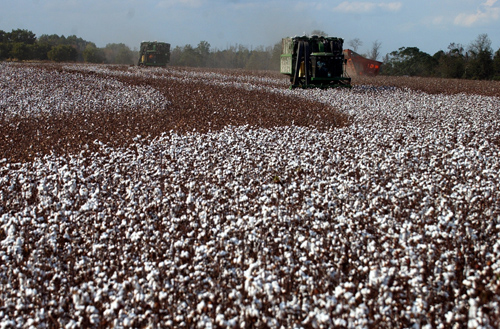 CAES News
CAES News
Crop update
Weather played a significant role in the types of diseases that have been found on Georgia crops this season. Rainfall delayed harvest in some cotton and soybean fields and brought diseases to peanuts, cotton and corn fields. Cooler temperatures, however, kept at least one peanut mold at bay.

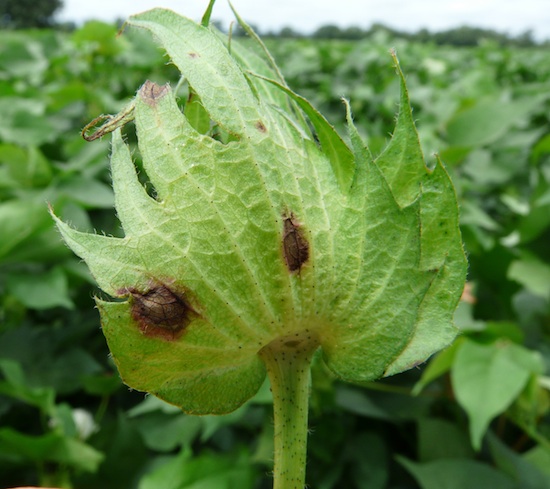
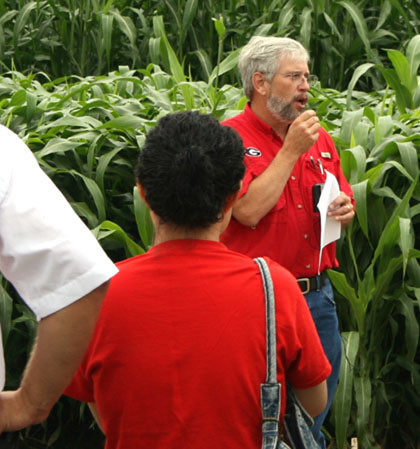
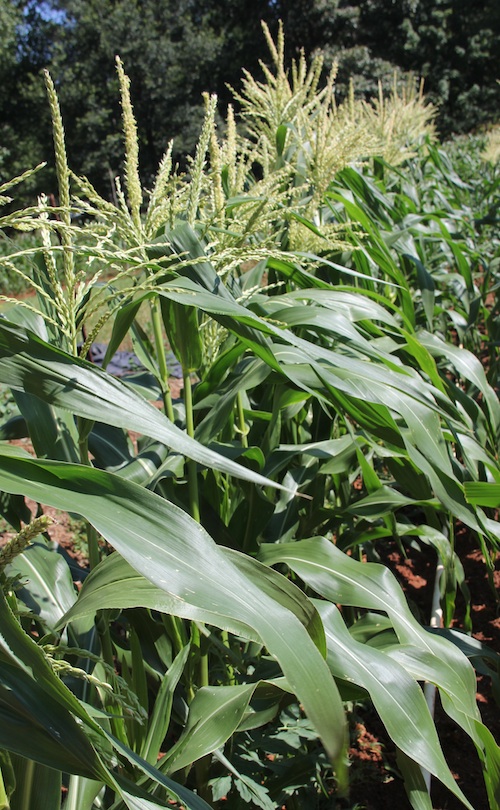
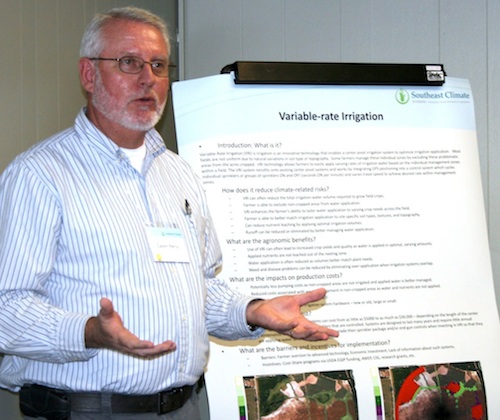


.jpg)